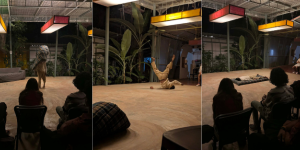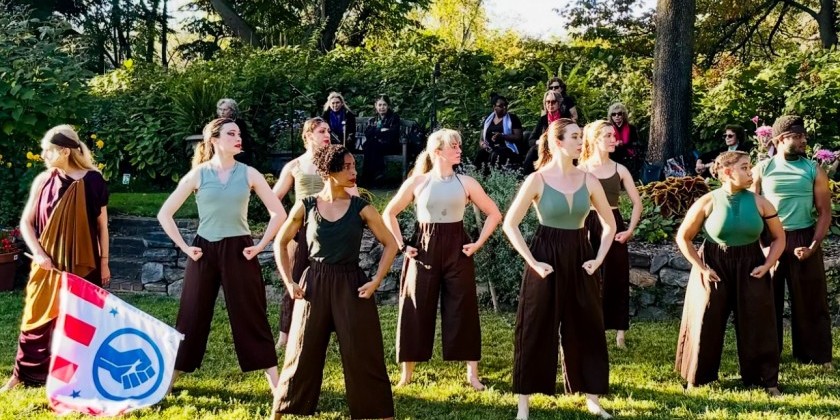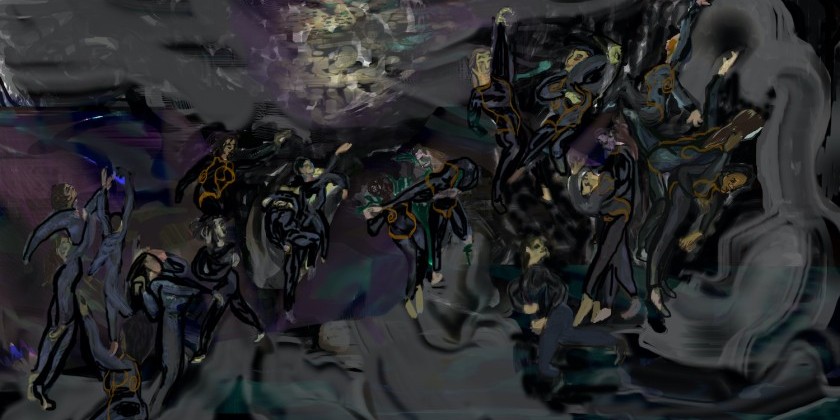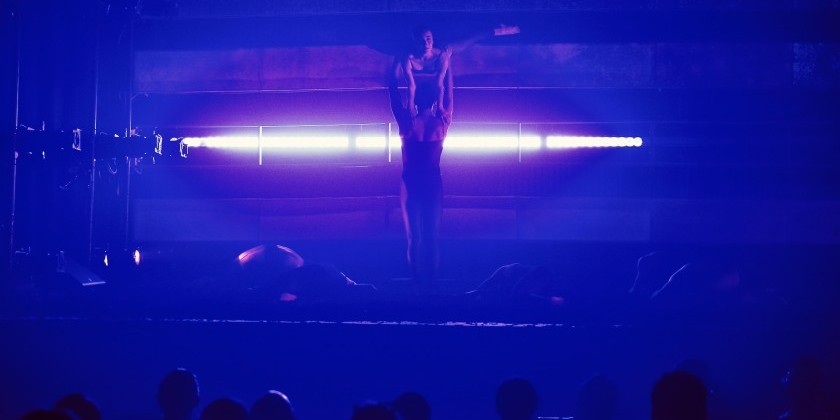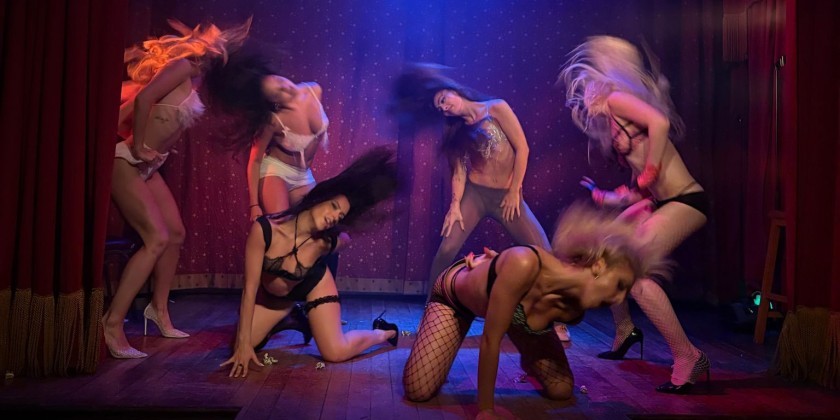AUDIENCE REVIEW: Eclectic Modern Dance Spring 2025 Part 2

Company:
New York City Ballet
Performance Date:
May 16 2025
Freeform Review:
Pt. 2 : In honor of the late Lynne Taylor-Corbett, the classical ballet form merges with the golden age of American musical theater, with Hollywood cinema, and a modern period in dance that entertains the physicality in drama; poetry in narrative to experiential lengths.
These energetic performances with climatic differences contest for audiences' hearts. The memory comes to mind at the recognition of a face of a woman presented to us by Taylor-Corbett in "Chiaroscuro." She was lifted by her partner, Andrew Veyette, they acrossed the stage slowly. It will be a memorable beginning, it was a woman, a ghost-rider on her chariot that completely arrested my observation of her light, and for those few seconds her head seemed to be floating. It was enough isolated in the darkness for me to have this familiarity with her glowing profile.
The chilling direction of the cyclical twists throughout the program, and a female gaze was captivating for its attachment to such details.
A darkness, the ghostly renaissance, in effect flickers like a candle. An extension to the torch light performance with a new type of novel technique, inspired by visual contrast as well as tempo, or ecstasy that leaves them still, by a motionless Baroque Mannerism. Technology from the caves of France to the Italian oil painters of their day, black and white, to color video and mobile touch screens are progressive ideas that go along to define chiaroscuro, an invention so, very in sync with our intellect and development of art.
Following the sentiment of “Chiaroscuro,” a colorful piece with an historical call to raise our spirits. A fantasia for a nation-state's outcry to end the Russian invasion into Ukraine. Choreography by Alexei Ratmansky entailed multiple layers that appeared characteristic of its musical drama. With composer Leonid Desyatnikov, the scene of a colorful night club, on the fringes of a Russian Revolution, and Jewish gangsters from Isaac Babel’s stories of Odesa, Ukraine: in which Alexander Zeldovich directed the film, “Sunset,” (1990.)
Part 2 shows two faces to the coin, an eclectic boundary explaining emotions. The coldness of this second part with “Chiaroscuro,” a descent which ends with an empty embrace; goes on to portray a turn from morality in text, for a mood implimmented in its craft. The adaptation of advocacy in the arts, like the persuasive essay, not to tell but to show. “Odesa,” by Ratmansky clearly operates as a grand final, and a break through of its previous containment. The tendency for influence to run with our imagination, then Ratmansky filled a void, or sets it up to act on our desires. Whatever way that technology grows, and it may even seem more real, we will find modes entangled with emotion to be more desirable.
Author:
Chuck Schultz
Website:
WHYSEEART.com
Photo Credit:
Chuck Schultz




